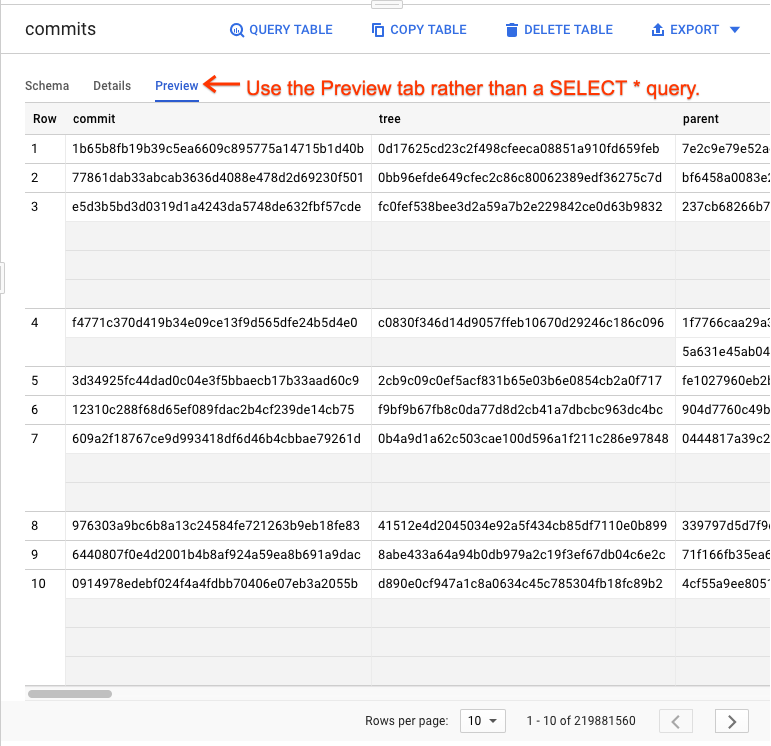

Ĭrockford first specified and popularized the JSON format. JSON grew out of a need for a real-time server-to-browser session communication protocol without using browser plugins such as Flash or Java applets, the dominant methods used in the early 2000s.


History ĭouglas Crockford at the Yahoo Building (2007) The ECMA and ISO/ IEC standards describe only the allowed syntax, whereas the RFC covers some security and interoperability considerations. That same year, JSON was also standardized as ISO/ IEC 21778:2017. RFC 8259, published in 2017, is the current version of the Internet Standard STD 90, and it remains consistent with ECMA-404. But somehow, 'JAY-sawn' seems to have become more common in the technical community." Crockford said in 2011, "There's a lot of argument about how you pronounce that, but I strictly don't care." Standards Īfter RFC 4627 had been available as its "informational" specification since 2006, JSON was first standardized in 2013, as ECMA-404. The UNIX and Linux System Administration Handbook states that " Douglas Crockford, who named and promoted the JSON format, says it's pronounced like the name Jason. The first (2013) edition of ECMA-404 did not address the pronunciation. s ə n/, as in ' Jason and The Argonauts '". The 2017 international standard (ECMA-404 and ISO/IEC 21778:2017) specifies "Pronounced / ˈ dʒ eɪ. He and Chip Morningstar sent the first JSON message in April 2001. json.ĭouglas Crockford originally specified the JSON format in the early 2000s.
#JSON QUERY GITHUB PYTHON CODE#
It was derived from JavaScript, but many modern programming languages include code to generate and parse JSON-format data. JSON is a language-independent data format. It is a common data format with diverse uses in electronic data interchange, including that of web applications with servers. JSON ( JavaScript Object Notation, pronounced / ˈ dʒ eɪ s ən/ also / ˈ dʒ eɪ ˌ s ɒ n/) is an open standard file format and data interchange format that uses human-readable text to store and transmit data objects consisting of attribute–value pairs and arrays (or other serializable values). The path represents every level in the Json on a single line, separated trough the slash ('/') symbol.STD 90 ( RFC 8259), ECMA-404, ISO/IEC 21778:2017 The sytanx used for the query have got 3 parts: from jsonquery import jsonquery jsonquery ( 'archivo.json', 1001 '] Syntax The module have got a function called jsonquery and you must declare the correct import.

The second way to use it is like a function. load ( input ) jsonquery = JsonQuery ( dataset = data ) retval = jsonquery. You can use a dict objet to if you don't want to use a file.Įxample: from json_query import JsonQuery import json data = None with open ( 'test.json', 'r' ) as input : data = json.
#JSON QUERY GITHUB PYTHON INSTALL#
Install aplication from : pip install arkho-jsonquery Install application from GitHub using git client: git clone JSON Query State: PROTOTYPE AUTHOR: Marcelo Silva Language: Python Setup


 0 kommentar(er)
0 kommentar(er)
